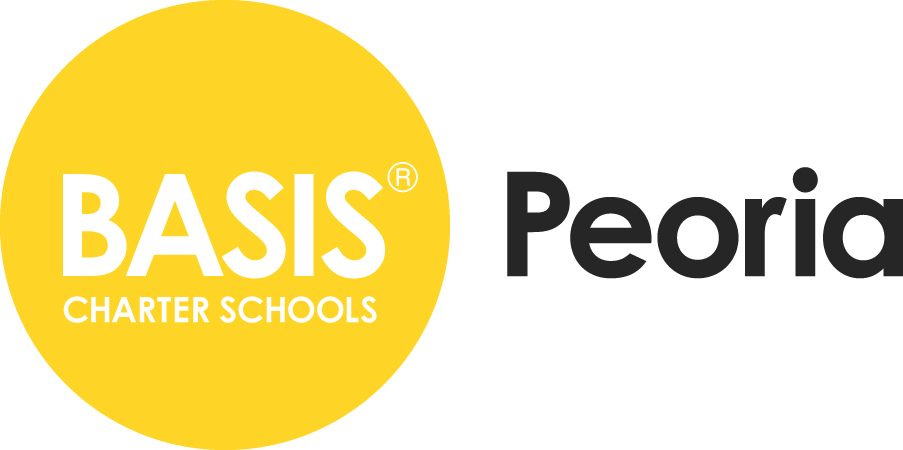Muscles Used In Jazz Dance – Post #3
Maleah P -
This week, I attended and observed a jazz dance class. There are many similarities between musical theater and jazz dance styles. While watching this class, I noted the warm-ups that were similar and those that differed between jazz and musical theater. I also examined specific dance moves to determine whether some jazz moves engaged different muscles compared to those in musical theater. My hypothesis suggests that these two dance types predominantly engage similar muscle groups.
Some warm-ups common to both jazz and musical theater include lunges, splits, and planks. As I mentioned in my last post, lunges target several leg muscles while also engaging the core. Planks emphasize various core muscles and activate back muscles, along with the leg muscles. Splits are used in many dance styles to enhance flexibility. When performing splits, dancers engage their hamstrings, hip flexors, adductors, and glutes. These stretches primarily target the muscles in the lower body alongside the core.
Classic dance moves in jazz include the iconic jazz turn, jazz squares, and chassés. Jazz turns activate muscles such as the core abdominal muscles, hip flexors, glutes, hamstrings, and calf muscles, along with the external hip rotators and neck muscles for head movements and balance. While many of these focus on the lower body, there is slight engagement of upper body muscles for stability. Jazz squares involve various leg muscles, including the quadriceps, hamstrings, and glutes, as well as the core and lower back.
Based on my observations of these jazz dance styles, I conclude that both musical theater and jazz heavily rely on the lower leg muscles for balance and strength, alongside the core. My observations of jazz and musical theater dance classes support my hypothesis that faster-paced dance styles draw more on lower body muscles. I still need to investigate slower forms of dance, like ballet and contemporary, to compare faster and slower-paced dance styles.

Comments:
All viewpoints are welcome but profane, threatening, disrespectful, or harassing comments will not be tolerated and are subject to moderation up to, and including, full deletion.